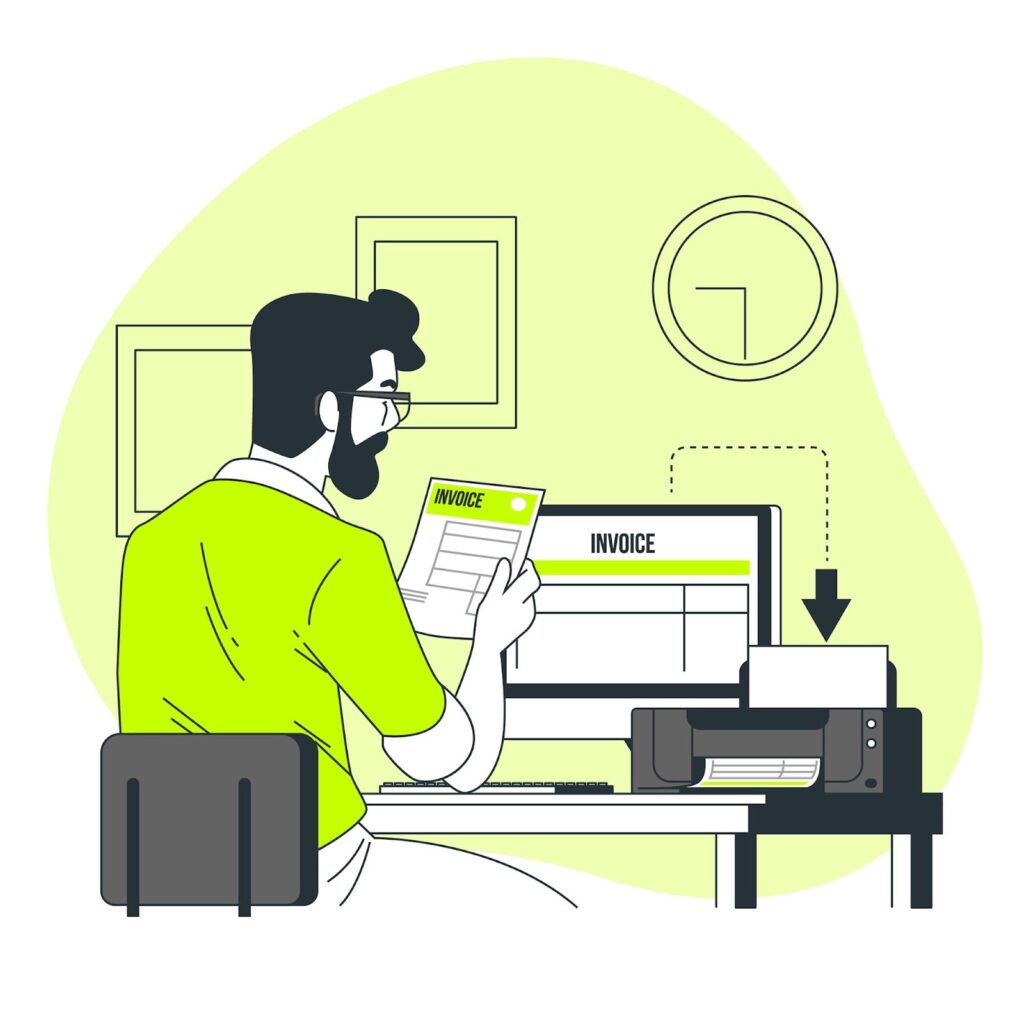The accounts payable department, traditionally cluttered with stacks of paper invoices and a relentless cycle of manual entry, now stands on the cusp of transformation.
Accounts payable automation software brings an era of efficiency, where electronic invoices replace paper, and automated workflows retire the tedious manual processes.
This shift not only enhances the speed and accuracy of financial operations but also promises substantial cost savings and a strategic edge in business finance management.
With such compelling advantages, the case for embracing automation in accounts payable is not just strong—it’s imperative.
Understanding Accounts Payable Automation Software
Accounts payable automation software is designed to automate invoice processing, transforming how businesses manage their financial obligations.
This sophisticated technology expedites traditional AP tasks through automation, reducing human intervention and enhancing accuracy.
Its primary functions include:
- Automatically capturing invoice data.
- Matching invoices with purchase orders and receipts.
- Facilitating swift invoice approvals and payments.
Key Features Of Electronic Invoicing Systems
Here are the key features of electronic invoicing systems designed to automate invoice processing:
- Electronic Data Interchange (EDI): Facilitates the direct transfer of invoices between businesses, reducing paperwork and speeding up transactions.
- Automatic Data Capture: Uses technology to extract invoice data, minimizing manual entry and the potential for human error.
- Invoice Matching: Compares invoices against purchase orders and receipts to ensure accuracy and completeness before payment.
- Real-Time Tracking: Allows visibility into the status of each invoice throughout the processing cycle, enabling better cash flow management.
- Multiple Currency and Tax Support: Accommodates global business transactions by handling various currencies and tax regulations.
- Regulatory Compliance Management: Ensures that all invoice processing adheres to relevant financial rules and standards, mitigating the risk of non-compliance.
- Seamless Integration: Works with existing financial systems, ensuring data consistency and streamlined operations across the economic spectrum.
These features contribute to a more efficient, accurate, and reliable accounts payable process, underscoring the strategic value of adopting automation software in the financial workflow.
Key Advantages of AP Automation Integration
Seamless Integration:
- Integrates effortlessly with both legacy and modern financial systems.
- Configurable to align with various enterprise resource planning (ERP) systems or financial platforms.
Smooth Data Flow:
- Ensures continuous and automatic updating of invoice data across systems.
- Eliminates data silos by synchronizing information between different financial applications.
Up-to-Date Financial Records:
- Maintains real-time accuracy in financial records.
- Reduces the likelihood of discrepancies in financial reporting.
Optimized Financial Operations:
- Streamlines the entire accounts payable process for greater operational efficiency.
- Enhances the reliability of the financial workflow, leading to better decision-making.
Strategic Financial Management:
- Enables a more strategic approach to managing accounts payable through data-driven insights.
- Facilitates improved cash flow management and forecasting.
Through these advantages, automated invoice processing not only simplifies the task at hand but also strategically empowers businesses in their broader financial management goals.
Advantages of Automated Workflows in AP
Automated workflows in accounts payable deliver significant enhancements to the financial operations of a business.
By leveraging technology to automate invoice processing, organizations experience a marked improvement in several key areas:
- Error Reduction: Automation minimizes manual data entry, decreasing the likelihood of errors.
- Time Savings: Processes that once took hours can now be completed in minutes, freeing staff for more strategic tasks.
- Consistency: Automated workflows ensure that every invoice is processed in the same systematic manner, enhancing consistency across transactions.
- Improved Transparency: Each step of the invoice processing is trackable, offering clear visibility into the AP process.
These advantages collectively streamline the accounts payable function, yielding efficiency and strategic benefits.
Best Practices for Implementing AP Automation
To successfully implement AP automation and effectively automate invoice processing, adhering to best practices is crucial:
- Thorough Evaluation: Assess current AP processes to identify areas where automation can help significantly.
- Clear Objectives: Set specific, measurable goals for what you wish to achieve with automation, such as faster processing times or reduced costs.
- Vendor Selection: Choose a reputable vendor whose automation software aligns with your business needs and integrates well with existing systems.
- Staff Training: Ensure staff are well-trained on the new system for a smooth transition and to maximize the benefits of automation.
- Continuous Improvement: Regularly review the automated processes to identify and implement improvements, ensuring the system evolves with your business.
Final Words:
The pivot to accounts payable automation software is not just a trend; it’s a strategic upgrade essential for modern business success.
As we’ve navigated through the many benefits and best practices, the path forward is clear: automation will help businesses aiming to thrive in a competitive landscape.
Take the decisive step towards automating your invoice processing. Let the precision and agility of AP automation be the catalyst for your organization’s growth and resilience.








Leave a Comment
You must be logged in to post a comment.